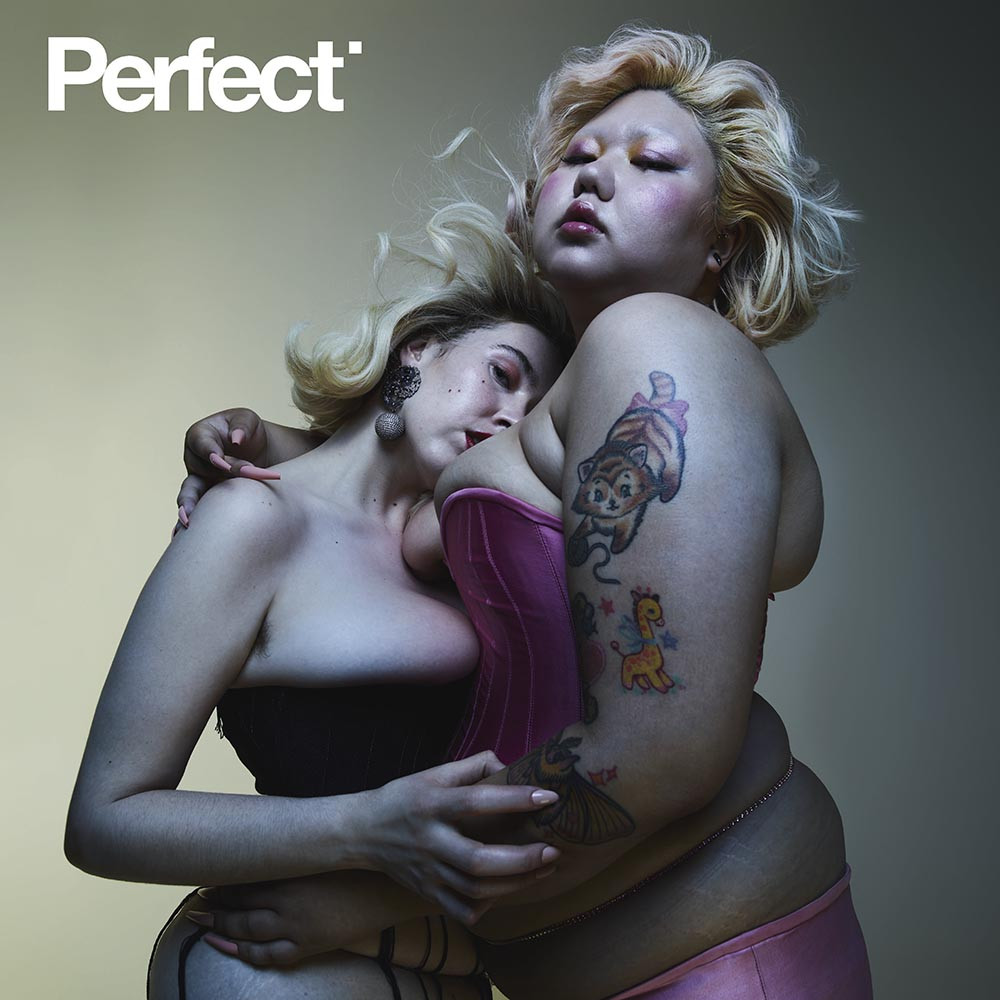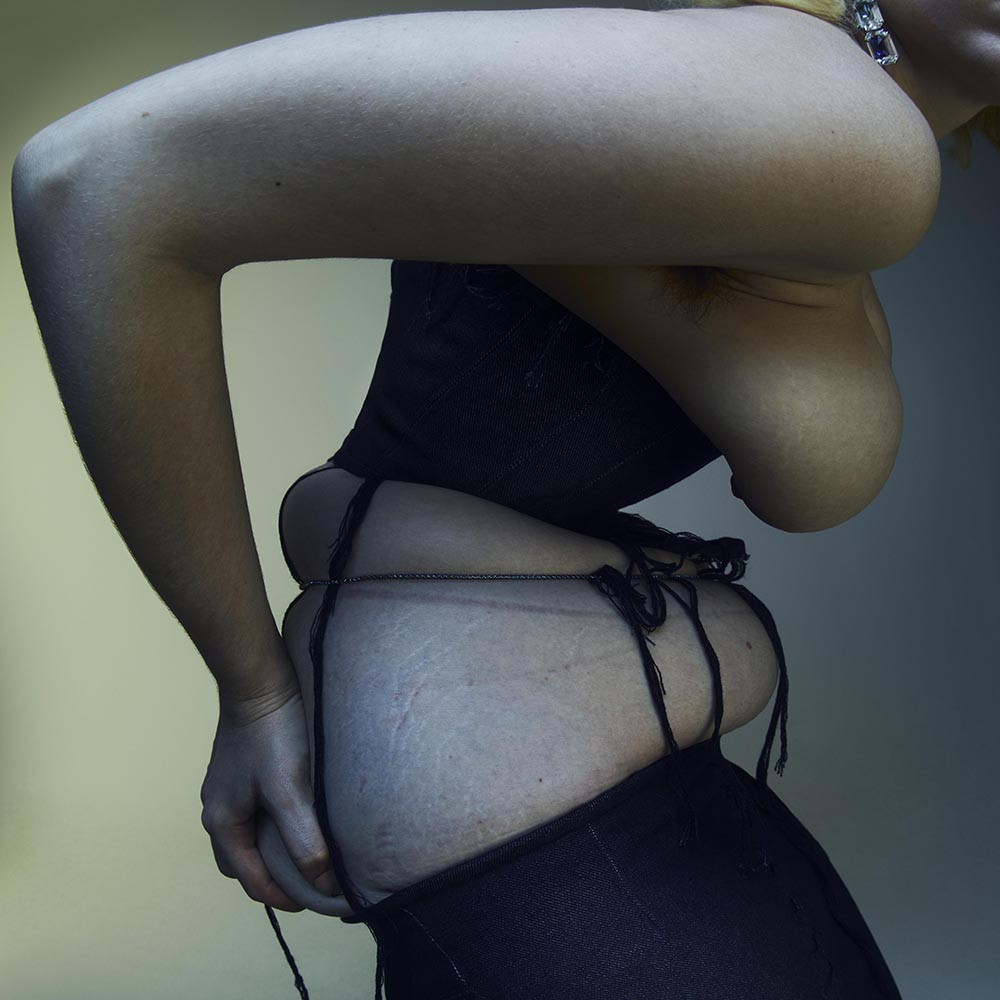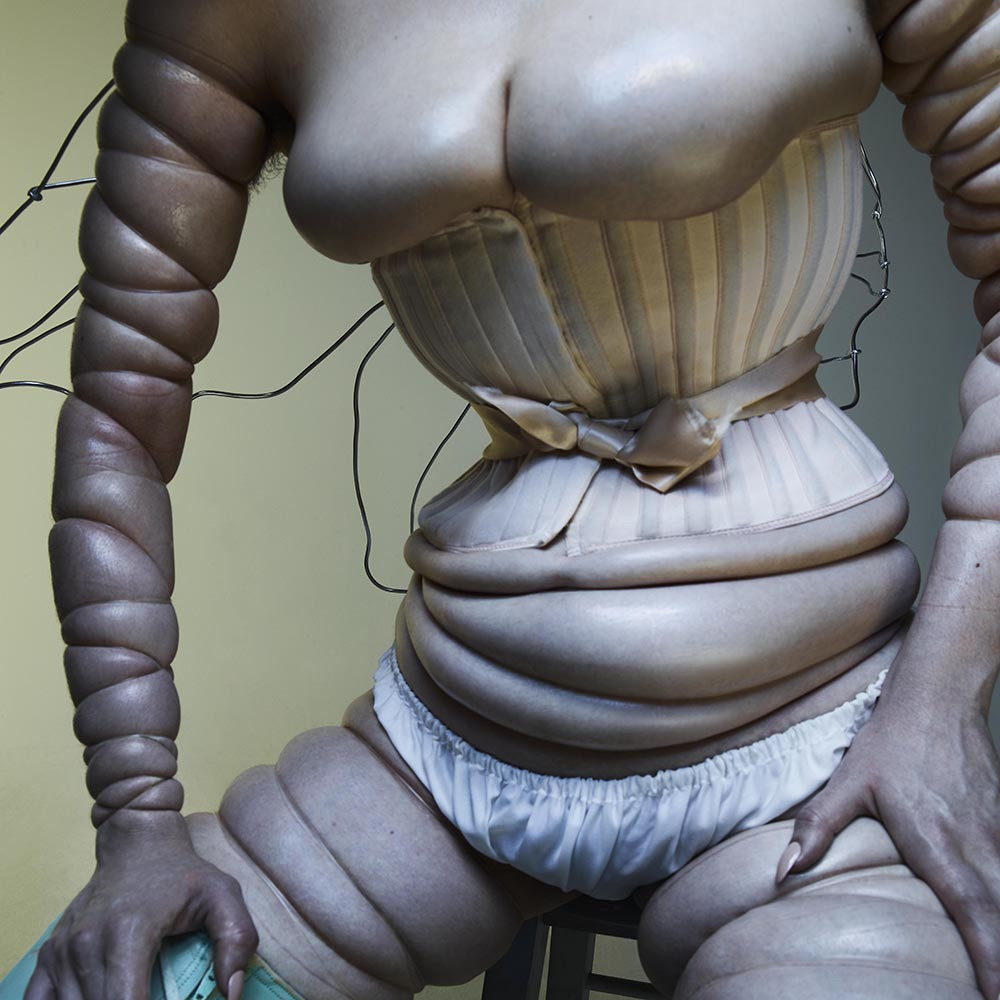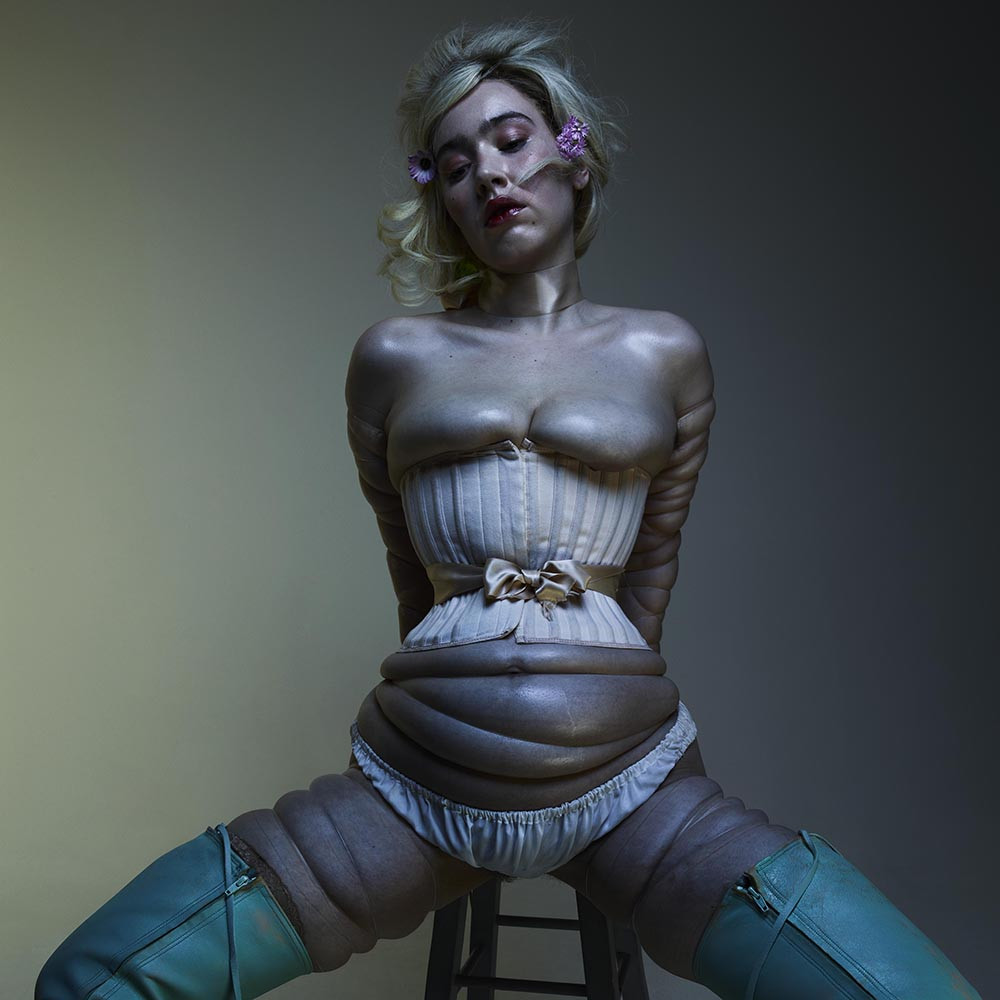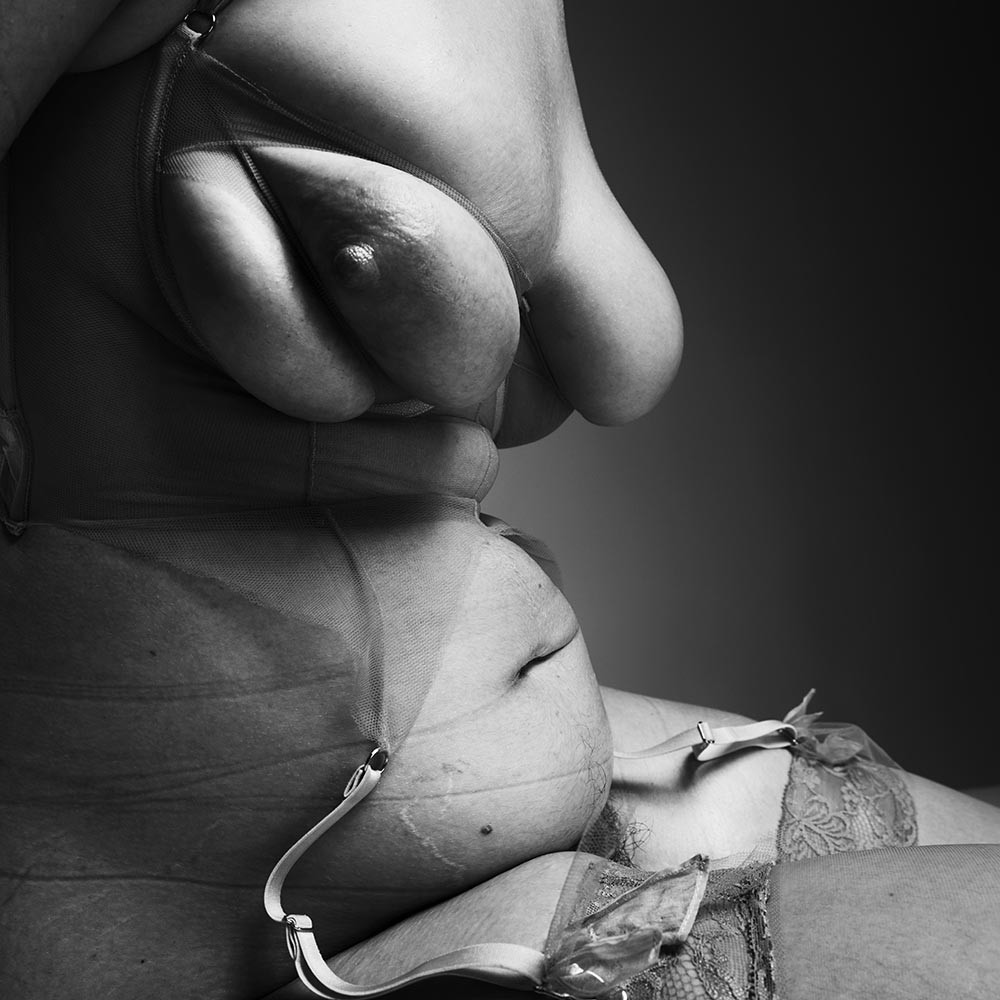Podcast
Jeanie Annan Lewin, Perfect Magazine
28 min talk
We had a chat with stylist and creative director Jeanie Annan Lewin, whom The Guardian recently dubbed a »buzz name«, about launching a brand new magazine, Perfect, at a moment in time when print and fashion had both been declared dead. Here, she talks about how she scouts new talents and trying to introduce more diversity and inclusivity into an industry that has long shown a rather uniform and homogenous image.
With us today is Jeanie Annan Lewin, creative director of Perfect Magazine, which was just launched this March. With its 464 pages and more than 3kg, Issue Zero surely looks as ambitious as its name. Issue One was just released this fall, again featuring more than 400 pages. Jeanie, did you create the perfect magazine?
I’d like to think we did! It depends on what your idea of perfect is. If to me perfect means imperfect, it’s all the bumps and bruises that we have, and just embracing some individuality, I guess.
What exactly is your role when it comes to making the magazine, as a creative director?
I’m a stylist by trade, and creative director is a new role. When we start working on an issue, I always have lots of photographer and teams suggestions. It just sort of worked out that the things and photographers I was suggesting and helping to find ended up being in the final edits of the magazine. That’s kind of what I do mostly. Advise and help shape the ideas that Katie has.
You’re mentioning Katie Grand, who created the magazine and who before was the editor-in-chief of Love magazine. Is it correct that the creative team from Love is now at Perfect?
Yes, quite a few of us were at Love and are now at Perfect. It’s just nice to be able to put a different spin on things and have the freedom to tell stories from a slightly different perspective, which is really necessary at a time like this.
On Perfect’s website it says that it wants to reflect seismic changes, striving to be different than the traditional fashion magazines. Can you describe a bit what these changes are, and what makes it stand apart? Because the magazine world is already really big – why do we need Perfect?
It’s such a saturated market, isn’t it? Personally, I want to see different narratives from different people from different backgrounds across the world, and I don’t necessarily know if we get to see that in the magazines that are currently at the forefront. There’s limitations, and advertising… all these restrictions that stop us from being able to find things few and far between. We’re really trying to champion that and show lesser known talents as well as the greats, mixing people together, mixing teams around, and showing slightly different perspectives. It feels like the right move in the current climate. Everyone’s gone though Covid, and all of these massive changes affected everybody. It’s quite nice to sort of regroup and reapproach this in a different way.
I really liked the diversity aspect. You had contributions from Taiwan, Ghana, South Korea, from all over the world really. Is this hard to organize, on a practical level?
The practicality is quite hard. But you know, fashion isn’t just in three major cities, it’s all over the world. People interact with clothes and images in so many different ways. It’s really nice to be able to reflect that. It takes a little bit of time, trying to find people that fit in what it is we’re doing, but it’s also a great joy. It needs a lot of trust to just say to someone »Hey, I like your work«, and give them a date and see if they can get on with things. It’s been really refreshing and exciting. In issue one it was really exciting to have those conversations with people and then just watch the images flood back to us, that were incredible, that we were all so excited about. That was a real lovely feeling. Personally, I just want to continue that as much as possible.
Do you give photographers more freedom than other magazines?
I think we’re trying to do that. We’re trying to match people to stories and have conversations that make sense. So then it’s people producing things they want to produce, rather than things that they have to. Because sometimes, when you’re given a brief, it might not be to your liking, and sometimes you end up diluting it, and by the time it gets down to you, it’s not as exciting… it’s just really exciting to give people scope.
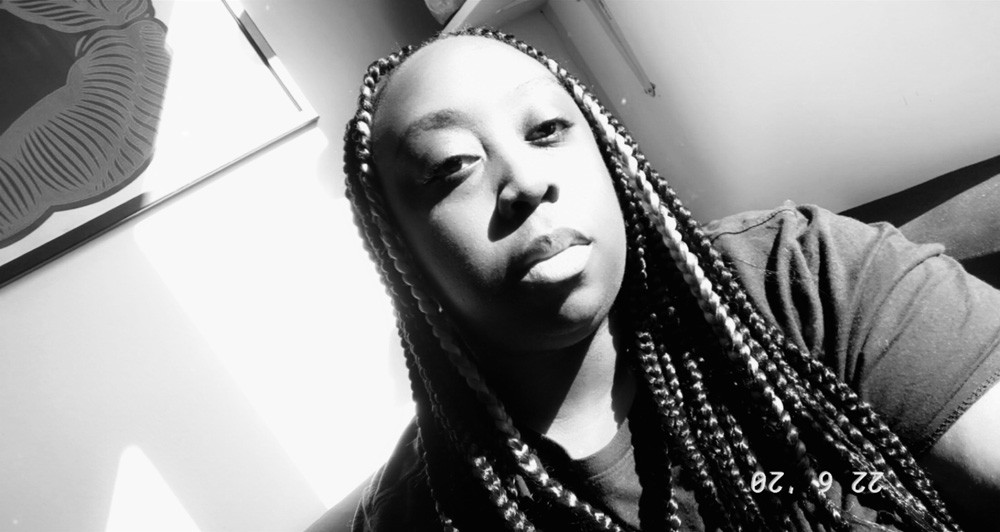
How much do you communicate with them before they shoot? Do they have carte blanche or do you work on a theme together?
We try to work on a theme together with everybody, and then we very much go back and forth and see what aspects of their work we particularly like and inspire us, and keep a dialogue open. I think that’s really important. We didn’t have to give people much guidance, it was more about being inspired by people’s work: »I like what you do here, I particularly like this picture, this element of your work, would you mind creating something for us« and leaving people to it. We’ve had such a lovely response and it’s been very joyous to work on, that’s for sure.
You mentioned earlier you’re involved in finding these photographers. How do you go about that? Do you research social media or go through lots of magazines, and especially, how do you find the new talents?
I’m not going to give my secrets away, because then everybody would be doing it. But I try to search far and wide, and keep my ear to the ground, asking lots of young people going to colleges, just trying to contact so many people. And also just asking people to submit. We normally don’t take submissions, but I like to see people’s work and how their thought process is, and when something jumps out, then I normally bring that to the table to the rest of the team and see what they think.
Are you open to receiving submissions then? Do you look at them?
When I like someone’s work, I look at their idea… when ideas match up with what people are thinking, then it’s amazing, but those things are few and far between. Knowing that as a jobbing stylist and having to pitch for magazines, sometimes you’re just not in the right moment with somebody. I normally go »I really like your work, do you want to do something in this lane?« or I suggest working together on a pitch, etc. I’m always keen on seeing people’s work and what they’ve been up to. I think that’s always a good start.
What kind of fashion photography do you find most exciting? Is it possible to put it into words?
I don’t know if I can… I studied art history, so I’m a huge lover and consumer of images. I consume images all the time, it’s how I speak. But I love everything, from Renaissance paintings to contemporary art like Tracey Emin, to old Japanese photos that I found on Tumblr… my scope is very, very wide. I love documentary photography as well and the larger than life fashion images I grew up with as a kid, desperately wanting to be in fashion, like Avedon… there are so many different types of photography that I could never name one favorite. To me, photography is a form of art, so it’s whatever speaks to you, isn’t it?
So when you choose a potential photographer for a magazine, is it also a very personal decision; it has to speak to you? Or how do you compare, how do you decide?
It’s a mix like that, I’m quite emotional, so yeah, sometimes it just has to speak to me in a way or it needs to say something that I think is really interesting. Or probe me to think in a way I haven’t thought before. I’m into work that’s like that.
Something surprising.
Yes.
You already mentioned that you need a balance between famous names and emerging talent – is there somebody you’re particularly proud of to have in the magazine?
I was really proud and really excited to work with Sølve (Sundsbø). There’s certain things I’ve wanted to do that I have never voiced to anybody, and that was one of them. It was a joy to be on set with him. His work process was so inclusive of everybody. I just loved the fact that we all felt part of the process. That was really special to me. Being on set and everybody including the assistants, all feeling to be making an image together, is a really powerful experience, and one that we see less and less. In issue zero I was really excited about working with Amber, and loved working with Zhong Lin, I just think the artwork that she creates is so incredible. The language she speaks via pictures is super impressive.
So you do go on set for some of the shoots. What is your role there, as a creative director?
If I’m on a set, I’m usually styling. Otherwise I don’t go on people’s sets, that’s a bit intrusive.
So you switch roles a little bit.
Yes, sometimes it’s playing with clothes and sometimes it’s just looking at images and suggesting and trying to shape a theme that we have come up with. It’s a multifaceted role, one I’m definitely enjoying.
»Now we’re finally in a time where we’re able to tell different types of stories than the ones we’ve seen over and over again, which is really exciting and refreshing.«
Jeanie Annan Lewin
There’s a lot to criticize about the fashion industry – what attracted you to it?
I loved art history and I always wanted to tell stories, and I didn’t know how I could do that. I didn’t think I had enough in me to be a designer, I didn’t know if I could tell stories through clothes in that way. And then I went to do an internship at Tatler magazine, years ago, with Isabella Blow. I was so fascinated by the way she related her reference images that were always old artist paintings, and found that really fascinating, and thought »Oh, that’s a way that you can kind of take one thing that you like and apply it to something else«. I like telling stories and I think that this is a good medium to do that. And now we’re finally in a time where we’re able to tell different types of stories than the ones we’ve seen over and over again, which is really exciting and refreshing.
Is there one in these first two issues of the magazine that you’re particularly proud of in this context, one that tells a different story that hasn’t been told before?
I love all the things I did in those issues…in issue the story with Michaela (Stark) is really important. Just to see bodies being manipulated in a different way… They’re such arresting images, but they’re so graceful, and there is so much beauty and honor behind them, and I think I really felt that.
Can you describe it a little bit? Because the listeners can’t see the images right now.
Michaela Stark is a young designer from Australia, based in London. Katie and I had seen her work a while ago, and we wanted to try and do some sort of feature and focus on her and speak to her about her work and her art form. It was really nice to speak to someone who had been in this industry but was frustrated with the way women were represented. Her pieces are about almost contorting the body, something that’s really exciting to see on someone who’s plus-sized. It’s lots of corsetry, really tight, and photographs of parts of the body. It’s very beautiful, but also challenging at the same time. It was really amazing to work on projects like that. To have lots of discussions, and then being there on the shoot day… It was a long but a really gratifying day.
Do you feel that the magazine and fashion world on the whole is going more and more in that direction, trying to be more diverse? Or is that still more of a niche thing?
We have a lot of work to do. We’re seeing diversity on the front of magazines, but we need to see it behind the scenes. You need more creative directors, CEOs, people in boardrooms, at the luxury houses, … I think it’s really important to have people of color and different sizes and who come from different backgrounds in those rooms, to create different conversations. It’s really important to start extending the sizes of luxury brands. It’s a little bit weird to think that people who are bigger don’t like nice clothes. That’s an odd concept to me. You won’t like anything from Gucci, it’s not going to fit you if you’re past size 16. We have to change these kinds of conversations and show different things.
Do you feel these kinds of brands are open to this?
I think so. I also think that it’s never crossed anyone’s mind, that there’s nobody in the room to represent that. If there’s nobody there saying »Hey, isn’t that weird that we only do this?« and nobody is asking if people are doing enough research to see if we should make things in bigger sizes, or different ranges, or just be a bit more inclusive… I don’t know if there are people asking these questions there. These conversations need to be had, and for that to happen we need people who come from different aspects and walks of life in those rooms.
You’ve already described yourself as not the typical person to work in the fashion world – was that difficult for you? How did you make your way? The Guardian even called you a buzz name now.
How odd is that! When I entered fashion, I think I sort of disassociated with how I looked and what I felt about myself and what I knew about this industry. People used to hire me because I got a big old brain and lots of ideas. And I tend to retain a lot of silly information that becomes quite useful at the right moment. And because I was always seen in that way, it never occurred to me that I needed to look a certain way to fit in. But as I was going on in my career, I found I could only get to a certain level, and I was like »Oh, I think it’s because I don’t look like these people, and I’m a bit different.« Which isn’t a bad thing, it’s just a different thing. So I’m hoping, by me being a bit more visible, and talking a bit more, and showing my face a bit more, that there are lots of different people who work in that industry, and we can all look different, and it’s absolutely fine. You don’t have to look like a model, and if you do, that’s also fine. It’s trying to shift that kind of narrative and not be so visual in a weird way.
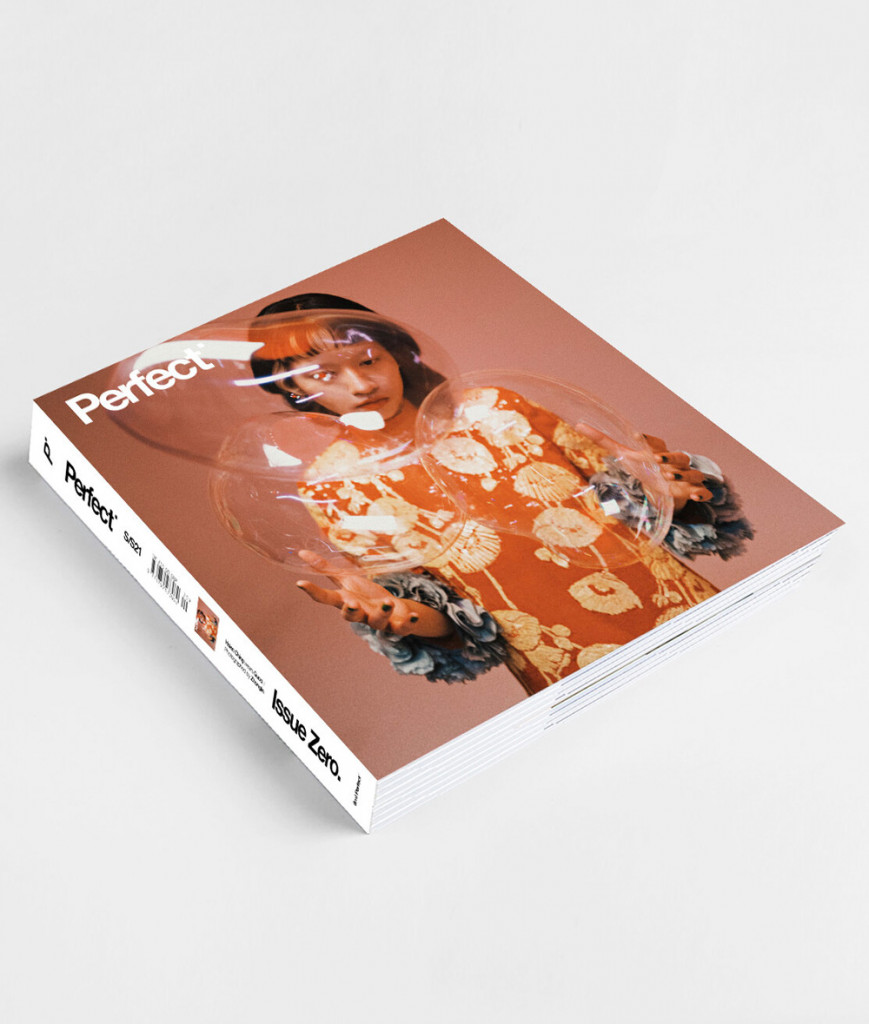
It’s probably also a bit the responsibility of the photographers, no?
I think it’s a mix. If we all do our part, if magazines are a bit more conscious, if designers are a bit more conscious, if photographers are like »maybe I don’t want to shoot the same type of person over and over again«, if we all make a concerted effort, this industry will change and flourish. It’ll be beneficial to everybody. But everyone just gets really stuck in their own ways, and we get a bit sheepish, we follow what everybody else is doing and we don’t challenge each other with that. Some more of that needs to happen and I hope that’s what we’re doing at Perfect, change the conversation.
What I also find interesting: Perfect is not just a magazine. It’s also a creative agency. Can you talk a little about this? What exactly does this mean? Have you worked on many other projects since the launch? What kind of projects?
We’ve been trying to work with brands on different projects and kind of telling things in a way that Perfect would do. So a brand will come up to us and say »Would you like to create some images or a video or some sort of project in this way but in your eyes?« We choose a photographer, and a stylist we work with, just trying to give it the Perfect spin, for lack of a better word. It’s almost like putting the gloss over something, but in our way. Making sure that the casting is diverse, or it’s interesting people who got interesting stories and backgrounds, making things a little more 3D, and less one-directional.
As it’s an independent magazine, is there a bit of a danger, in this setup, that you have an independent magazine but then this work with brands?
It’s always brands that we want to work with, rather than »Oh we got to take their money«. It’s seeing something interesting in the brand and being like oh, maybe I like their heritage, or they got a really important message, or I like what this person is saying about this thing. There needs to be a connection in order for us to find it interesting, otherwise the collaboration doesn’t make any sense.
On Perfect’s website it says that 80% of luxury sales are digitally influenced - how is Perfect dealing with that as a print magazine?
It’s having the same ethos across all platforms, both digitally and print. Print is a little bit more of a love letter, because it takes a little bit more time, but the digital still has the same ethos, the same passions, the same belief. You can see that on our Instagram and on the website. How we do things in a more intimate manner when we have conversations with designers, or when we’re doing some sort of specials, or an online editorial… it comes from an emotive place. It’s not just »Here’s some people and some clothes«.
How do you see the overall influence of social media on the sector?
I think it depends on how you integrate it, how you interact with social media. I personally follow the people that I like, a whole vast range of people, from some celebrities to activists, to nature documentary... It’s a vast amount of things. I think if you approach things in that way of looking at not just one thing, or one type of thing, or one group of people, you have a broader outlook, on life, in general.
It all depends on how you use it.
Yes. The algorithm can trick you, but I’m a big believer in curating, whatever space you have, and that’s what I tend to do. If things feel like they’re going to be really negative, or they don’t feel very progressive, or something upsets me, I just unfollow. I encourage everyone to do the same. That’s what the mute button is for!
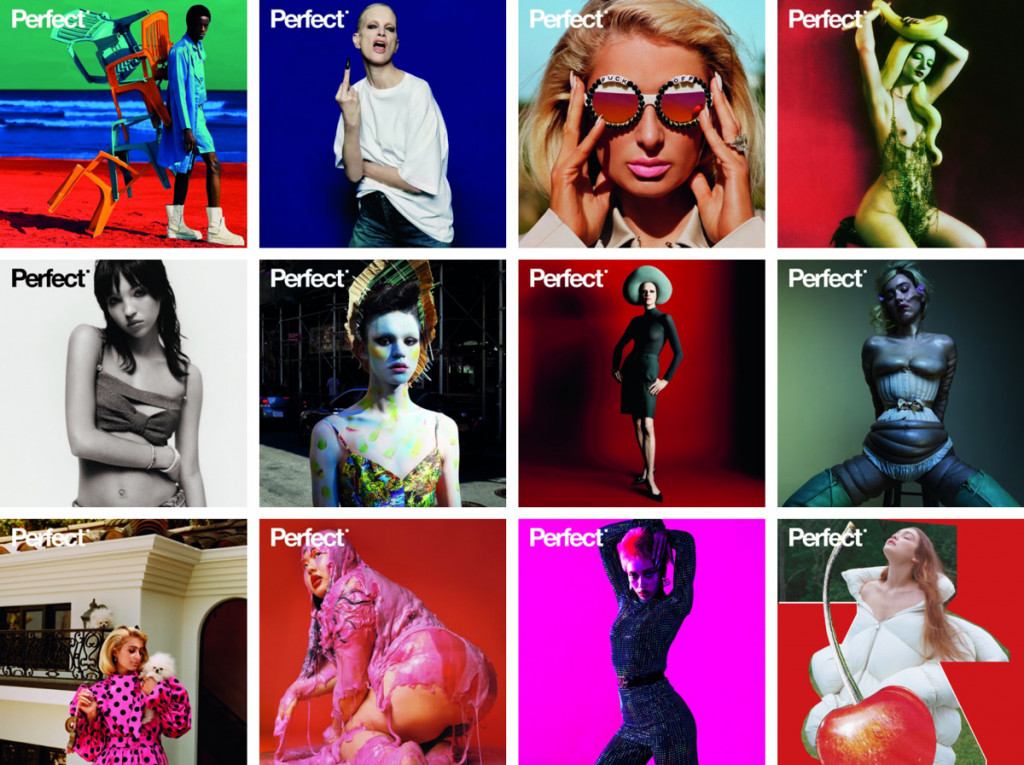
The social media channels of Perfect, what role do they play for the magazine and the agency? I checked your Instagram and it’s very curated, very professional, there are lots of different things going on, not just photos, also videos, little podcasts, music, …
It’s basically whatever entertains us and what we find interesting, and we try to engage with people that we like, such as new designers, new artists. We’d sometimes do a callout to try and engage with people that we’ve not found across different countries, that we can’t get to. We’ll ask what’s going on in Russia, and we’ll do a little callout on our stories, »We’d like to speak to any new designers in Russia«, so we can get to see their work and what stories they’ve got. That’s what we use our social media for, to connect with other people, and almost build an online community, which I think is really interesting and attractive from a commerce point of view, to brands and other people who want to work with us.
What has the feedback been like, do you feel like you have achieved what you wanted since the launch of the magazine?
I think so. What I’ve been finding as I’ve been speaking to lots of people is how everyone’s saying »It’s really inclusive and I love how you focus on imagery«. We’re taking chances that other people aren’t able to take, I guess, because we’re independent. So far it’s been really good and positive and exciting. For issue one we did I think 422 different covers, which is kind of insane. Every image that runs in the magazine is essentially a cover, giving freedom and agency to lots of people, and saying there’s more than one way to be perfect and everybody can get to shine and have the focus on them. I think that’s a really encouraging and quite a lovely message to be putting out.
It’s quite democratic. Are you working on the next issue already?
Yes.
What’s in store?
I can’t tell you that. There are 8000 messages. That’s why my phone kept going off before we were speaking. We’ve got a lot on our plates, but in the best possible way. This is the exciting bit. Where we have all these ideas and it’s about putting them all into practice and seeing if we can pull them all off, in record time, because this season is as always hideously short.
We’re definitely looking forward to seeing the next issue. Thanks so much for talking to me, this was really interesting. Good luck with the hundreds of messages that just flooded in during the last 30 minutes.
Yeah, I’m scared to look at it now. Thank you for having me!
Jeanie Annan Lewin was interviewed by Sarah Schug
Want more? Listen to one of our insightful fashion photography podcasts.
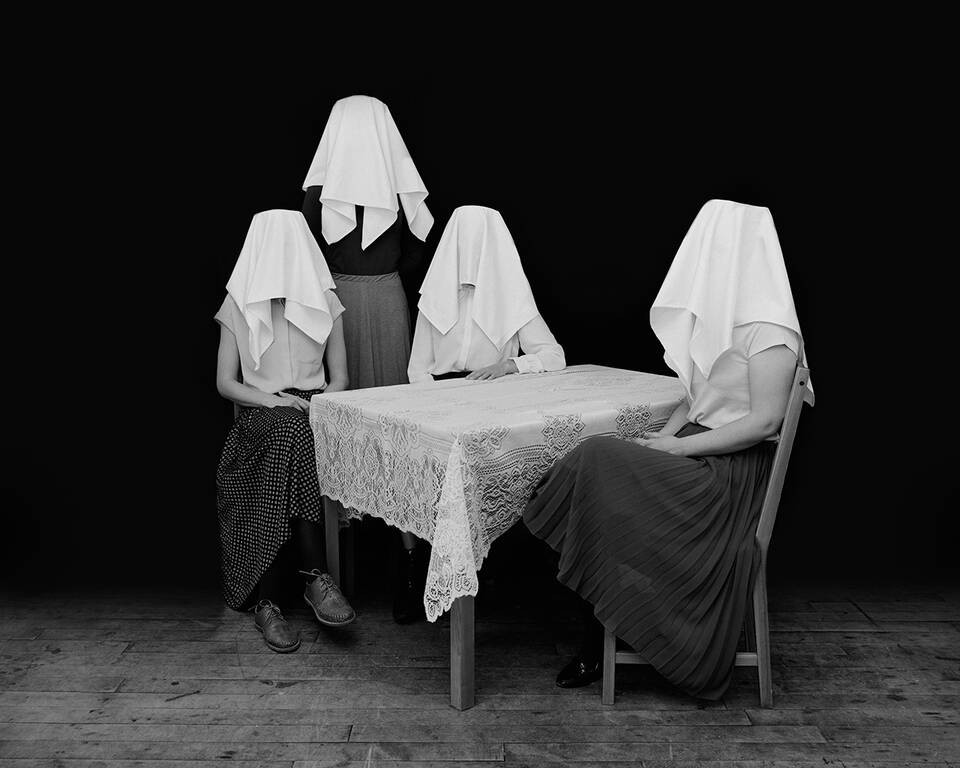
ART SEASON
7 Photography Exhibitions To See Right Now
New York, Paris, London, Los Angeles and Milan are not only the world’s major (fashion) photography capitals, but also host numerous compelling exhibitions on the genre. Here are what we think are the 7 current must-sees, from modern classics to newer talents.
READ MORE
Book Review & Interview
OLIVIA MALONE
»Tonal«, the debut book of American photographer Olivia Malone, is a mesmerizing study of color that celebrates the female body. Here, she talks about the intriguing project, pandemic lessons and why she considers herself old school.
READ MORE

